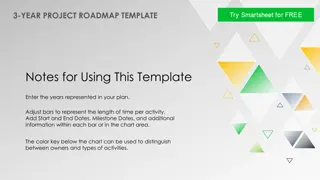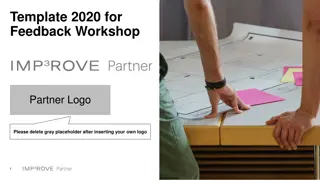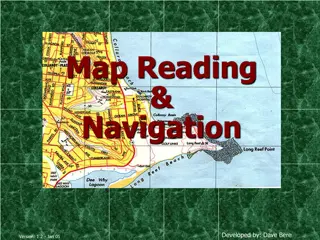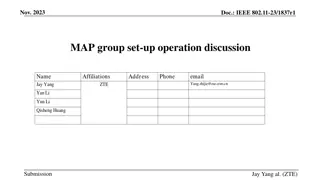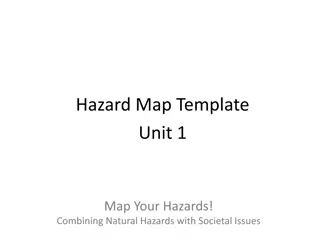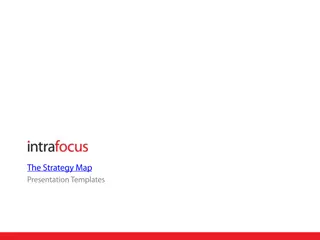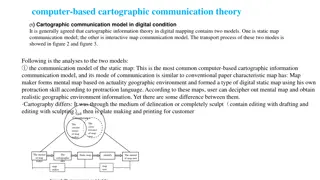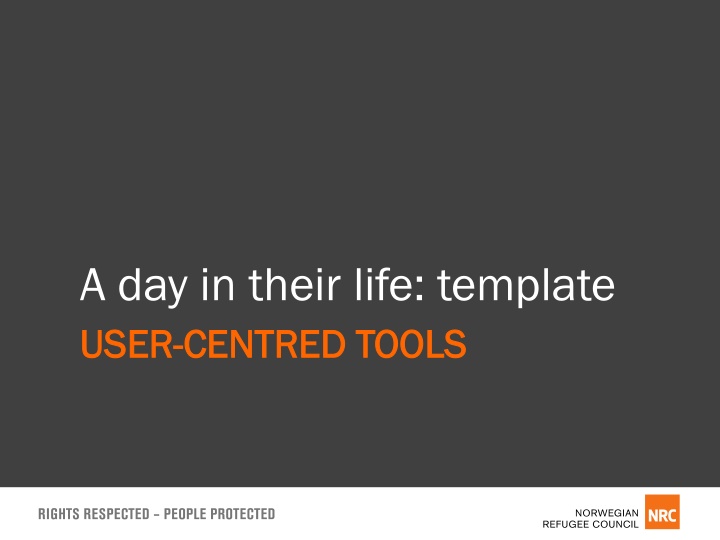
User-Centered Tools for Empathy Mapping
Explore how to effectively utilize the "A Day in Their Life" template as a user-centered tool to complement Empathy Map exercises, gaining deeper insights into humanitarian service users' lives. Learn how to involve community members, conduct exercises, and analyze data for informed problem-solving.
Download Presentation

Please find below an Image/Link to download the presentation.
The content on the website is provided AS IS for your information and personal use only. It may not be sold, licensed, or shared on other websites without obtaining consent from the author. If you encounter any issues during the download, it is possible that the publisher has removed the file from their server.
You are allowed to download the files provided on this website for personal or commercial use, subject to the condition that they are used lawfully. All files are the property of their respective owners.
The content on the website is provided AS IS for your information and personal use only. It may not be sold, licensed, or shared on other websites without obtaining consent from the author.
E N D
Presentation Transcript
A day in their life: template USER USER- -CENTRED TOOLS CENTRED TOOLS
How to use the template (1) This tool can complement the Empathy Map tool to further map out and understand the details of the life of a humanitarian service user, and to identify the nuances that can be lost in focus group discussions. As a first step the Supporting Agency will need to identify who to involve in the exercise from the user group. This can be done either through the community representatives, or by identifying other influential and representative community members using the Social and Cultural Influence Analysis tools, or it can be key informants identified through previous activities relevant for the exercise. The exercise can be conducted as a one-to-one interview or with a group representing the users. Staff members will need to explain to the user or group of users the objective of the exercise. The tools include many personal questions about the users, and the staff need to be transparent about how and for what this information will be used after collection.
How to use the template (2) The staff and users go through the actions of the users during an agreed timeframe. The key actions are noted down by the persons involved in the exercise, either in a circular way as in this template, or as a line, a matrix or any other way that suits the purpose. The staff will be presented with different information than they are during a survey or interview with users. Because the questions are not directed towards a specific sector or type of activity that the Supporting Agency can immediately help with or want more information on, the user is not locked into answering sector or activity specific responses. Once the information from this exercise is mapped and structured in visual diagrams, we have more information to analyse what is needed to solve the problem in question.
Considerations (1) The person described in the exercise can directly represent the key informant or it can represent an imaginary persona created by the persons involved in the exercise. The template can be adjusted to represent any length of time in the user s life (a day, a week, a year etc.), and to add as many steps/activities as is needed. The tool helps put the actions of the user in context and time, and helps us identify their challenges and their solutions to their problems. The more you break down the target group by demography, the more representative the exercise will be. It is recommended to develop more than one Day-in-the-Life Map per user group, and that different members of the team is involved in developing different maps per demographic group (especially if it is done remotely), to get more details and a more nuanced understanding of the problem, how it affects the users differently, and the root of the problem. This can further help you in designing a solution that address their needs.
Considerations (2) It is important to consider how the exercise will be experienced for the user. The user should be able to see the visual of the tool as it is being developed with them so they can see how the information collected is being used. The tools can be filled out on post-its on a flip chart, digitally and shown on a screen, or using other methods that fit the context. If the users are illiterate, consider how the exercise should be adapted to make sure the users are optimally engaged. Potentially the information collected can be organised in different ways. The crucial aspect is that we get from the user their perspective and information regarding these different information: prioritise, tasks, challenges, influences and feelings. The tool should be created by the staff and users together. If the users cannot be reached it is possible to conduct the exercises with field staff who know the users, their characteristics, actions and priorities well. The results will be much more accurate and useful though if the exercise is undertaken with direct representatives of the target group.
Example: A day in the life of a community member Example: A day in the life of a community member Morning Wake up and prepare the breakfast for herself and her children Night Puts her young children to sleep and cleans up with her older children Cleaning her shelter and around the shelter Meets with other women who live near her shelter Goes to mosque with her children Name: Fatima Name: Fatima Midday Prepares lunch for herself and her children Teaches her children Arabic





